<< Previous | Displaying results 1701-1725 of 6769 for "" | Next >>
The Weimar Republic existed in Germany from 1918-1933. Learn more about German police during that time.
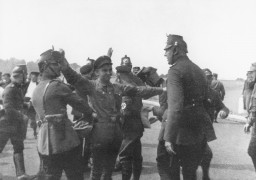
January 27, anniversary of the liberation of Auschwitz, is designated by the United Nations General Assembly as International Holocaust Remembrance Day (IHRD).
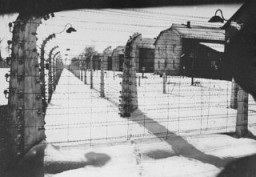
The "Jewish boycott" ("Judenboykott") of April 1, 1933, was the first coordinated action undertaken by the Nazi regime against Germany’s Jews. Learn more.
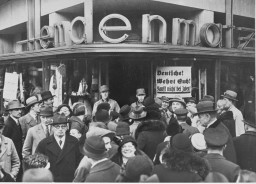
Beginning in 1933, the Nazi regime harassed and destroyed lesbian communities and networks that had developed during the Weimar Republic.
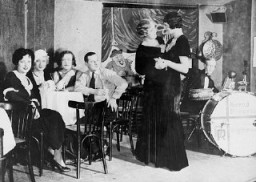
The first conviction for the crime of genocide came after the 1994 genocide in Rwanda, when Jean-Paul Akayesu was found guilty of genocide and crimes against humanity.

From April to July 1994, extremist leaders of Rwanda’s Hutu majority directed a genocide against the country’s Tutsi minority. Learn more

Key dates in the use of the term genocide as part of the political, legal, and ethical vocabulary of responding to widespread threats of violence against groups.
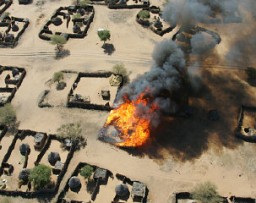
The Nazi regime established the Buchenwald camp in 1937. Learn about the camp’s prisoners, conditions there, forced labor, subcamps, medical experiments, and liberation.
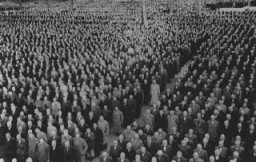
Nazi racism and racial antisemitism ultimately led to mass murder and genocide. Learn more about Nazi racial ideology.
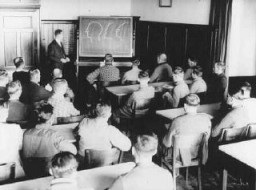
In October 1940, Nazi authorities established the Warsaw ghetto. Learn more about life in the ghetto, deportations, armed resistance, and liberation.
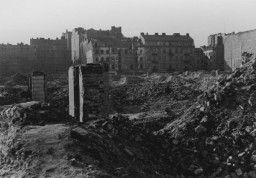
“Ritchie Boys” is a term used for American soldiers who trained at Camp Ritchie during World War II. Several thousand were Jewish refugees from Europe. Learn more.
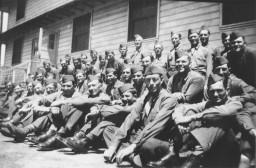
The three principal partners in the Axis alliance were Germany, Italy, and Japan. Learn more about the Axis powers in WW2.
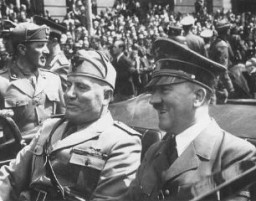
Brandenburg was one of six killing centers the Nazis established to murder patients with disabilities under the so-called "euthanasia" program.
As of mid-2022, there were about 27 million refugees. Learn more about these refugees, the violence they face, and the global impact of the refugee crisis.

Bernburg was the fifth of six centralized killing centers established by German authorities within the context of the Nazi “euthanasia,” or T4, program.
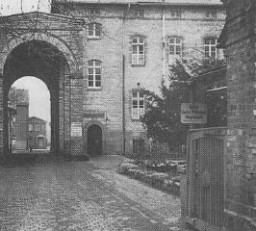
Learn about the origins and legacy of Pastor Martin Niemöller's famous postwar words, “First they came for the socialists, and I did not speak out…”
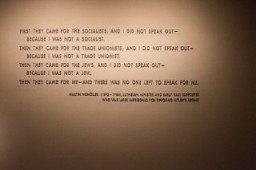
Learn about the history of discrimination against Roma in Europe and how the Nazi regime committed genocide against European Roma during WWII.
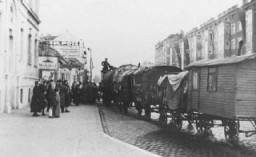
Henry Morgenthau Jr had a key role in creating and operating the War Refugee Board, a government agency tasked with rescuing and providing relief for Jews during the Holocaust.
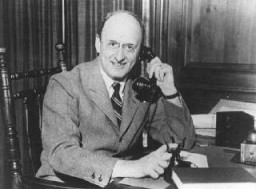
Frances Perkins was FDR's secretary of labor. Learn about her role in the rescue of European Jews whose lives were threatened by the Nazi regime.

More than one thousand unaccompanied refugee children fleeing Nazi persecution arrived in the United States between 1933 and 1945. Learn more
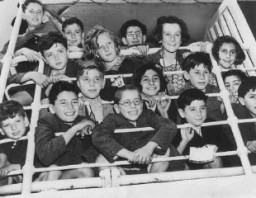
Nazi Germany’s territorial expansion and the radicalization of Nazi anti-Jewish policies triggered a mass exodus. Learn about the US and the refugee crisis of 1938–41.
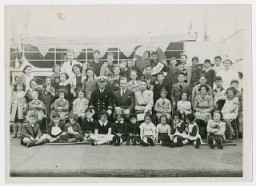
Learn about responses in the United States to reports about Nazi anti-Jewish policies and violence against Jews from 1933–37.

Blood libels were false allegations that Jews used the blood of non-Jewish children in rituals. Nazi propagandists used this false charge in their antisemitic propaganda.
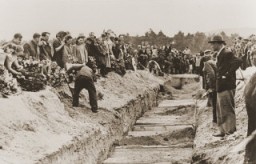
Emanuel Ringelblum was a Warsaw-based historian and social welfare worker before WWII. Learn about the secret archive he would establish in the Warsaw ghetto.
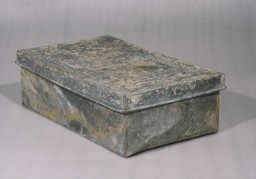
Begun as an individual chronicle by Emanuel Ringelblum in October 1939, the Oneg Shabbat underground archive became the secret archive of the Warsaw ghetto.

We would like to thank Crown Family Philanthropies, Abe and Ida Cooper Foundation, the Claims Conference, EVZ, and BMF for supporting the ongoing work to create content and resources for the Holocaust Encyclopedia. View the list of donor acknowledgement.